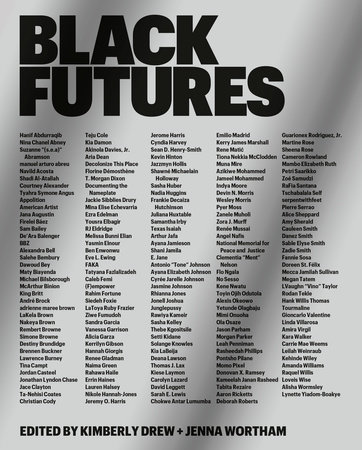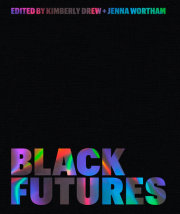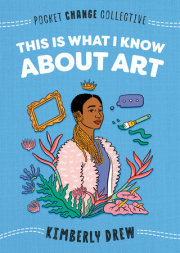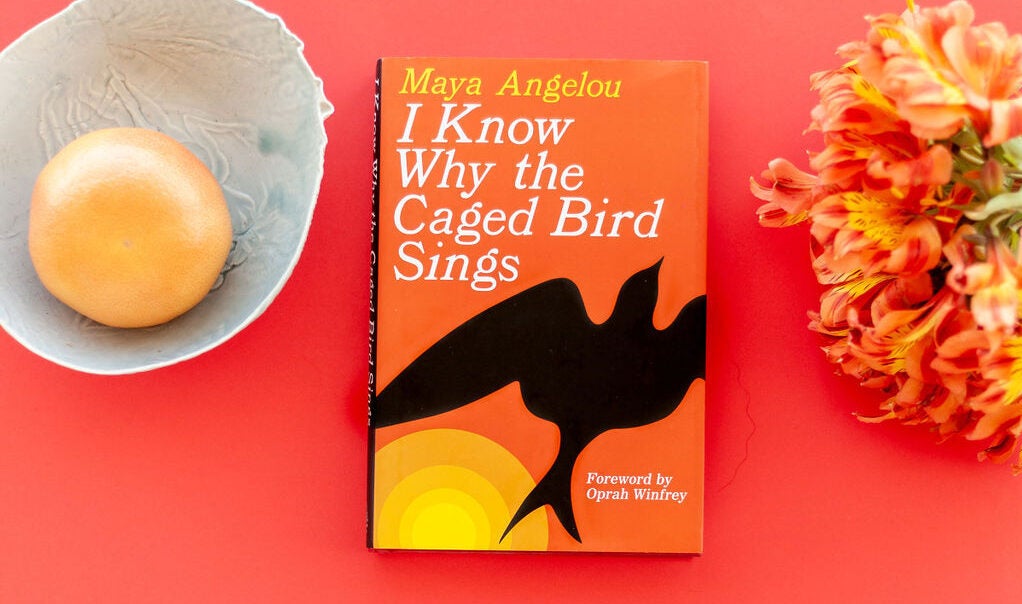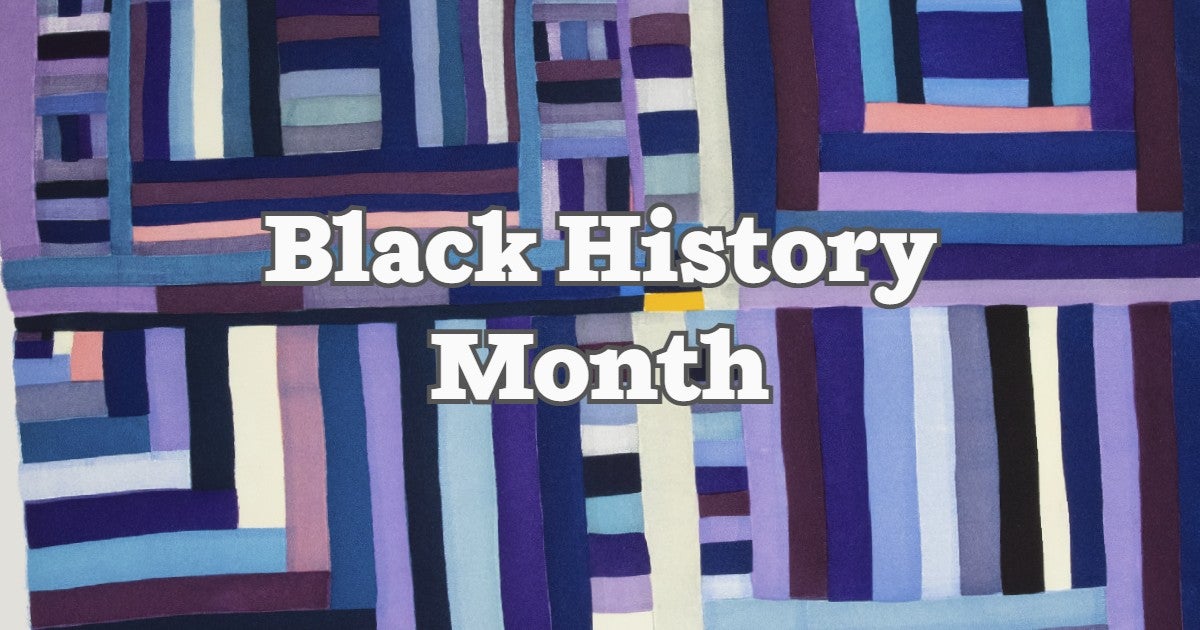Welcome to Black Futures, the first iteration of “The Black Futures Project” by co-editors Kimberly Drew and Jenna Wortham. “The Black Futures Project” started a few years ago as a Direct Message exchange on Twitter and has evolved into a shared desire to archive a moment. In developing
Black Futures, we sought to answer the question: What does it mean to be Black and alive right now?
We sought to make sense of our unique paradox: We have never been more empowered and yet, in many ways, are still so disenfranchised. Social media has granted Black folks a platform to tell our own stories, but it has also made us subject to a new brand of surveillance and unprecedented co-option. How can we find innovative ways to define ourselves, for ourselves, without fear of erasure or the deterioration of the Internet? We feel part of a long lineage of projects, artists, activists, thinkers, and creators centered on the Black experience. We consider
Fire!! magazine,
The Black Book, The Black Woman: An Anthology, Conditions: Five: The Black Women’s Issue, the work of Kathleen Collins, and
9 More Weeks by Sinazo Chiya as some of our most influential elders.
Black Futures is not designed to be a comprehensive document. Blackness is infinite—a single book cannot attempt to contain the multitudes and multiverse. This is just one manifestation of a project that spans millennia. We are in a continuum of those who came before and those who will come after and make a dent in the archival project that is required of us as humans on this planet. We strove to nod to those we admire who are making history, and those taking history and doing something anew with it. We aimed for a perspective that was global, atemporal, not dominated by America and the West, not constructed by binaries, and as dynamic as possible for a print book.
We invite you to read this book alongside a device so you can search out names and terms that intrigue you. See where they lead. Our intention is to encourage readers to follow their interests into a deep warren of rabbit holes and discoveries. This is not an art book. This is not a scholarly journal. This book is a series of guideposts for current and future generations who may be curious about what our generation has been creating during time defined by social, cultural, economic, and ecological revolution.
Like us, this book is not linear. Like us, this book lives and breathes beyond temporal Western frameworks. There is no past, present, or future, nor is there a beginning, middle, or end. Start where you please. This book was brilliantly designed by Jonathan Key and Wael Morcos to have its own geography, a map that can be navigated however you see fit. There are color schemes and indices throughout to serve as tools, but we did not want to subject the material to a major order, or any suggestion of a hierarchy. This is an invitation to create Black futures alongside us. For example, throughout the book, there are geometric symbols designed by Megan Tatem that resemble a fractal teacup. Those indicate recipes, or instructions, for you to consider implementing beyond our book.
Our process: We worked together and independently to collect these submissions. On these pages you’ll find screenshots, original essays, manifestos, memes, artworks, poems, song lyrics, recipes, and creations of all types. Themes in this book will provoke you, entice you, enrage you, spark joy, and call you to action. Some of the connections are obvious, but many are not. We think that that’s okay. Wherever possible, everything in this book was made by Black hands.
As you read, you may notice that some pages of the book are different colors. We made this choice with intention. Each color indicates a subgenre or theme that guided our collection process. Additionally, we wanted to ensure
that there was as little white space as possible within the book. Pages that are yellow feature some key wisdom or observations of trends on social media. Pages that are black include prophetic prose and poetry. White pages indicate incendiary essays and artworks. You will also notice green pages, with a special geometric symbol designed by Megan Tatem, which indicate recipes. In some cases, it might be a recipe for something edible, like Pierre Serrao’s coconut bread recipe on page 452. In others, it might be guidelines for how to start your own Black art collection—see page 316. We invite you to see these pieces as exercises to inspire you beyond the book, to care for yourself, to start an archive, and to feed you as you create your own Black Futures.
Thank you for trusting us enough to come on the journey with us.
In light, love, and solidarity.
Copyright © 2020 by Kimberly Drew. All rights reserved. No part of this excerpt may be reproduced or reprinted without permission in writing from the publisher.




